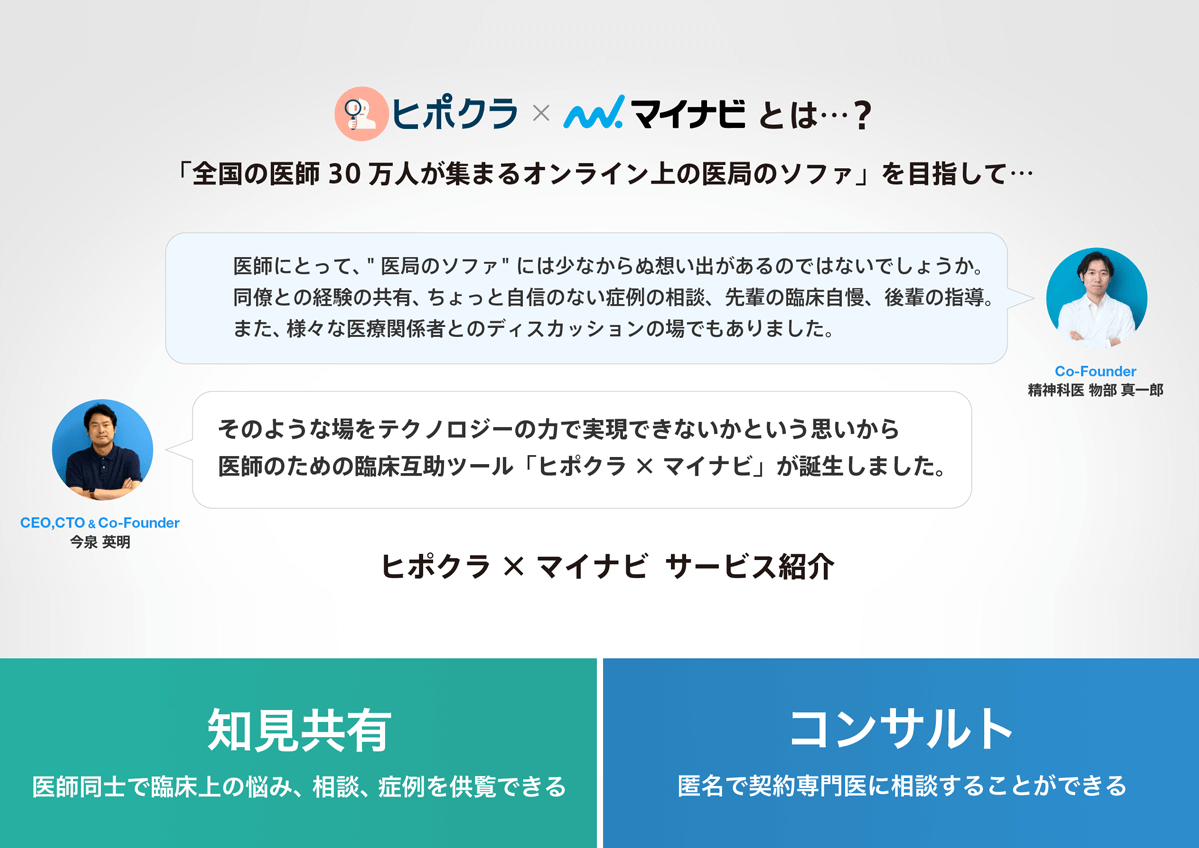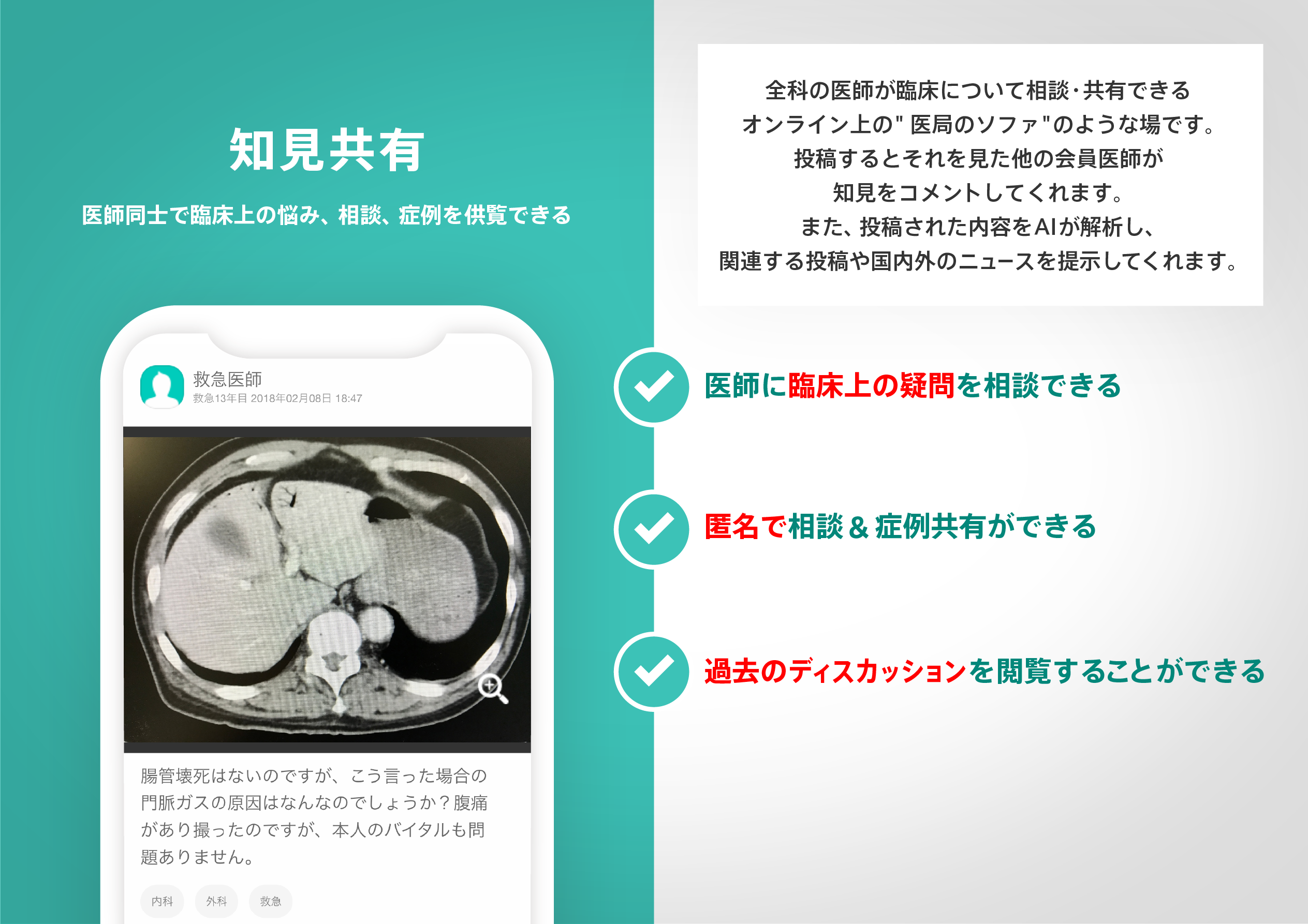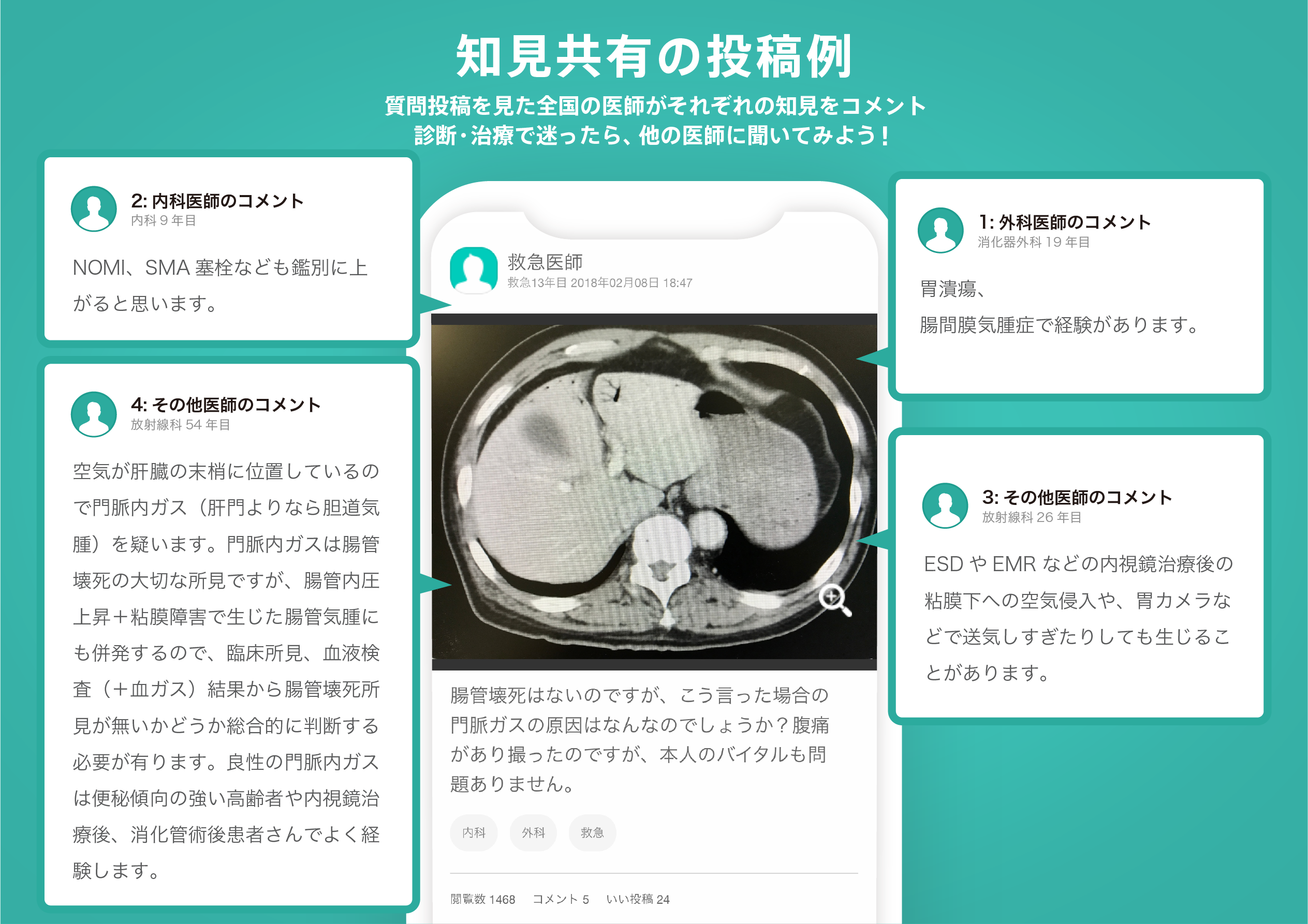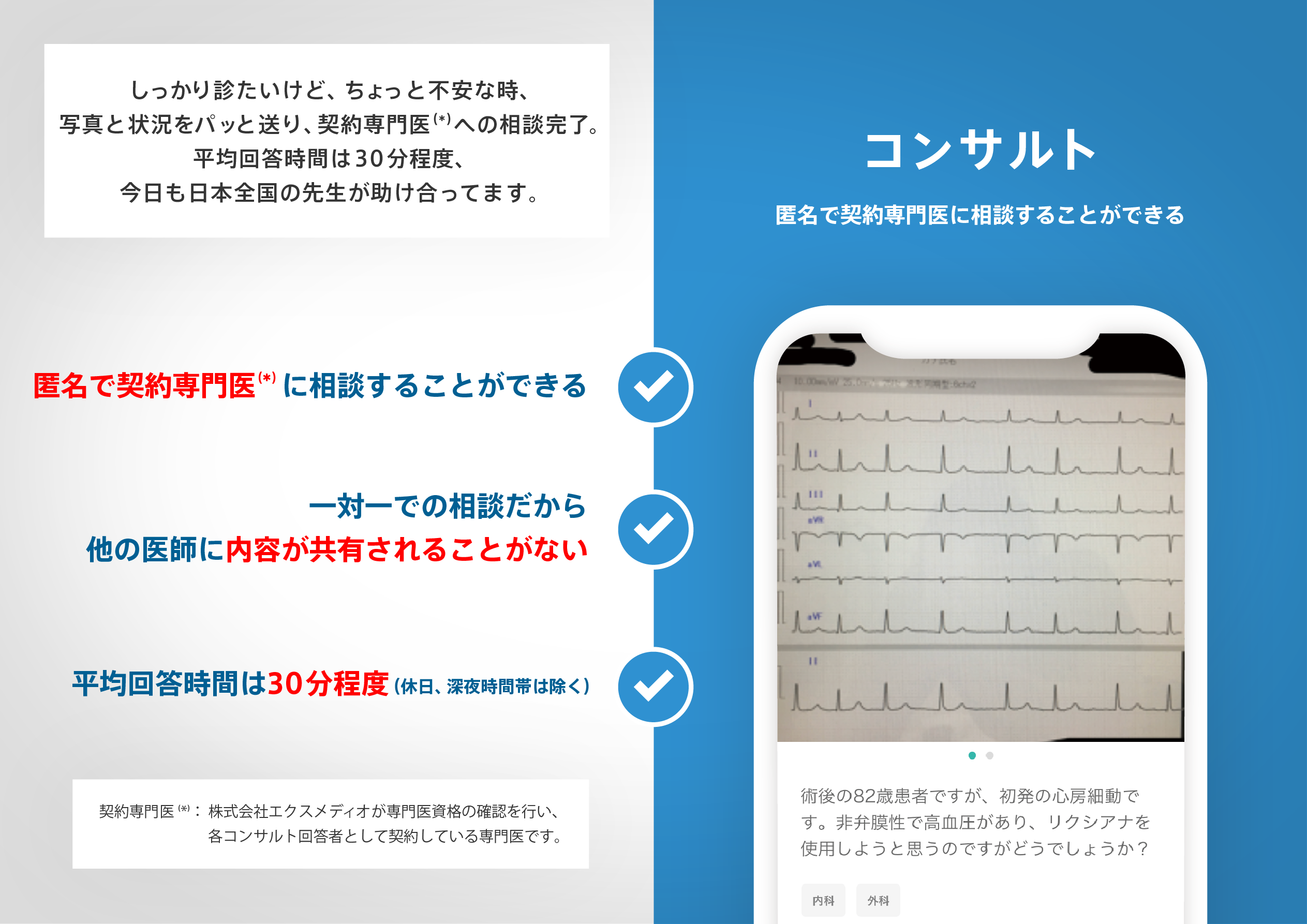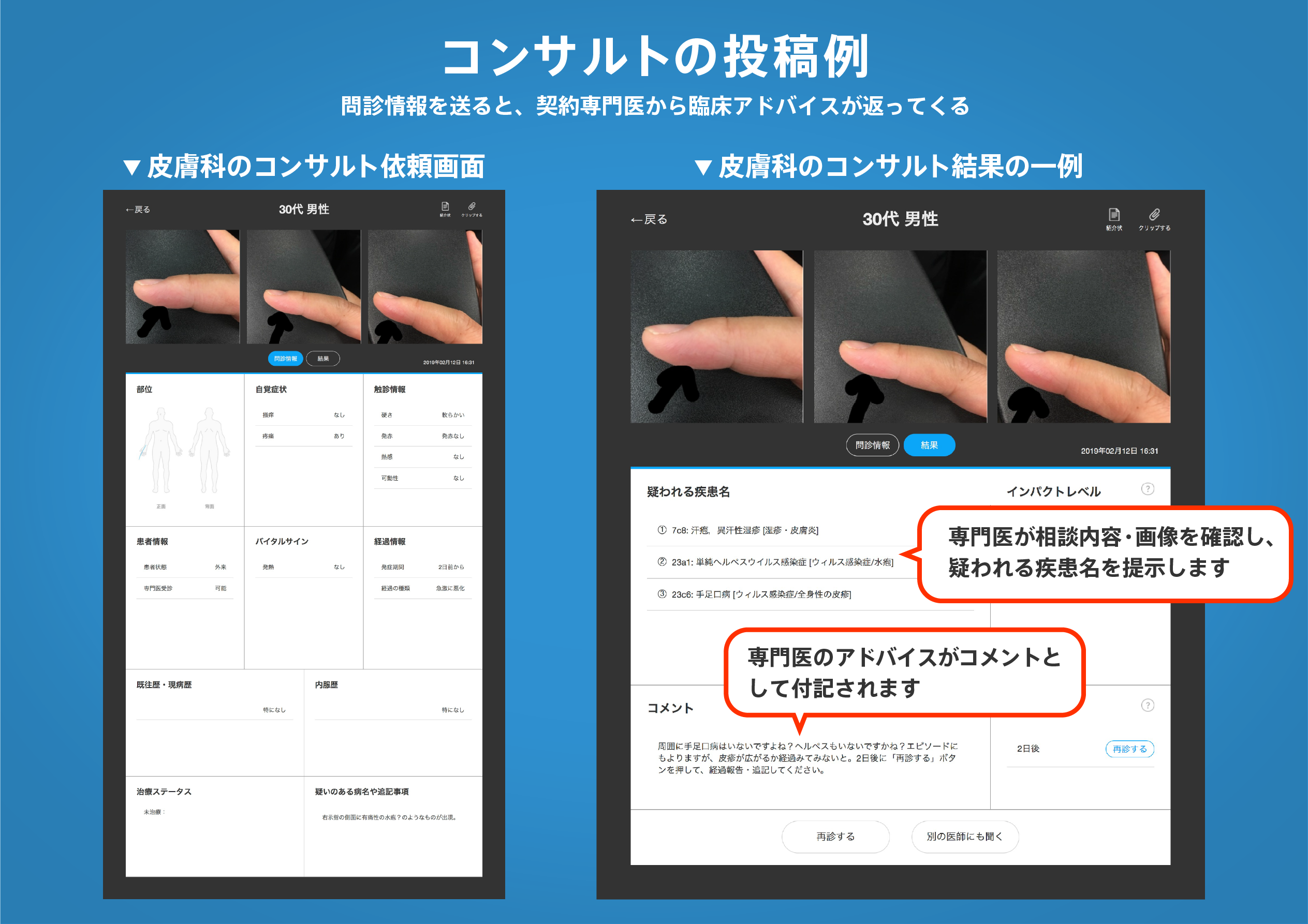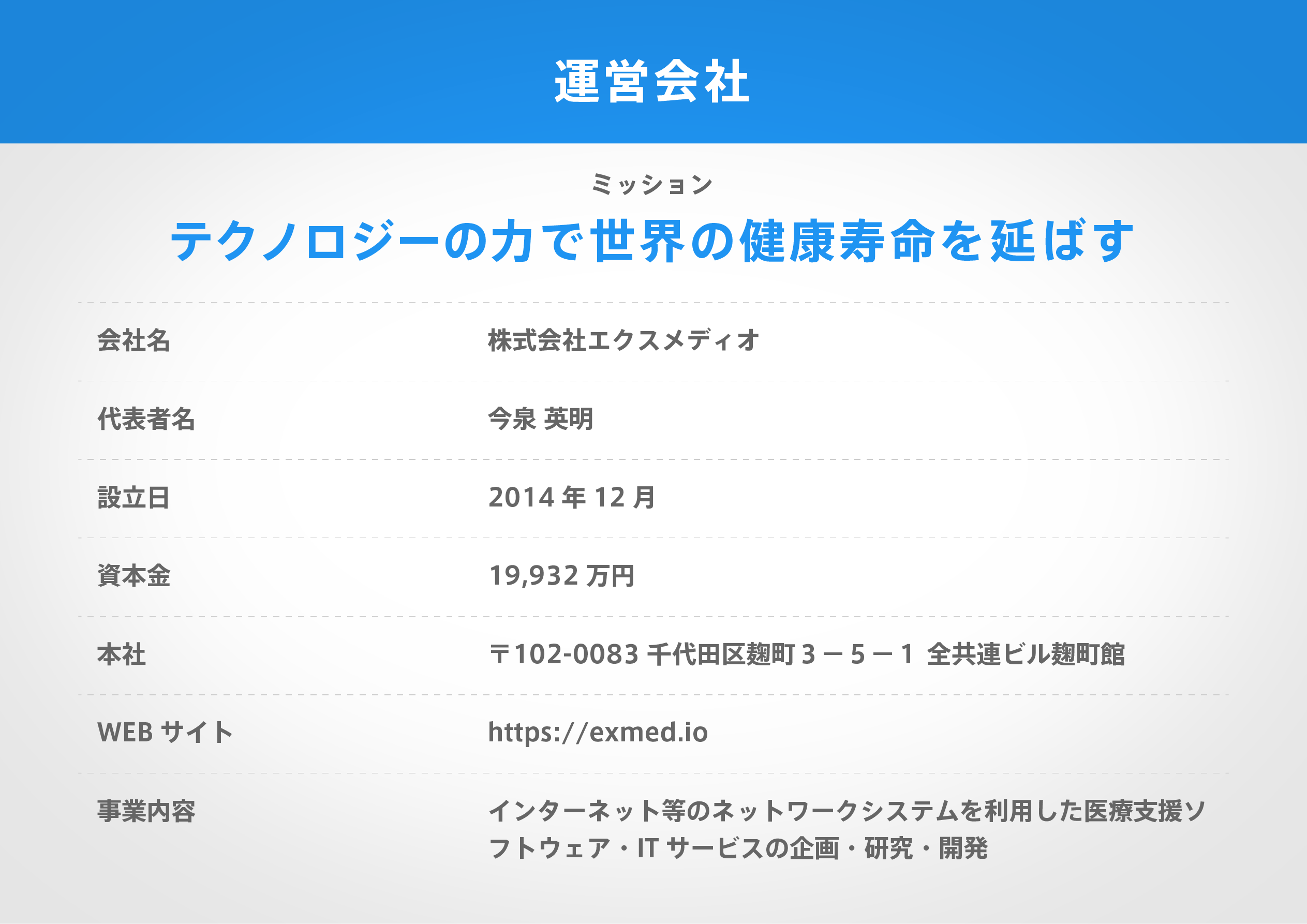著名医師による解説が無料で読めます
すると翻訳の精度が向上します
目的:この研究の目的は、CM症候群診断と体憲法(BC)、および関連する臨床的特徴を伴う、COVID-19後の患者の健康状態に対する漢方薬(CM)の影響を評価することを目的としています。 方法:Covid-19を持ち、香港の公立病院から退院した150人の参加者が募集されました。それらには3〜6か月のCM治療が提供され、その間に月ごとに評価が行われ、CM症候群、BC、肺機能、およびその他の病状のフォローアップが行われました。この研究は2つの部分に分けられました。(1)遡及的調査:Baseline訪問中にCovid-19入院中の参加者の病歴は収集されました。(2)前向き観察と評価:臨床症状、肺機能、およびBCの状態は、症候群の分化と臨床症状に基づいてCM治療を受けている参加者で評価されました。 結果:入院期間の中央値は16日でした。症状は、Covid-19と診断された日に145人(96.6%)の患者に提示されました。発熱、疲労、および乾燥咳が最も一般的な症状であり、それぞれ59.3%(150の89)、55.3%(150の83)、および46%(150人中70人の70人)が参加しています。150人のコビッド後の患者のうち、過半数(71.3%)は、2つの特定のコビッド後のCM症候群(肺と脾臓のQI欠乏症、およびQIおよびYIN欠乏症)のうちでした。CM治療により、バランスの取れたBC(つまり、健康な体調)に到達する参加者が観察可能な増加がありました。この増加は、CM症候群の症候群と比較して、特定のCM症候群のない人々でより顕著であることが観察されました。CM症候群の参加者の主な臨床症状は、CM治療時に減少しました。CM治療後に疲労の発生も低下しましたが、すべての臨床症状が完全に解決されたわけではありません。CM評価の観点からの改善に加えて、参加者の肺機能は治療後に改善を示すことがわかりました。6MWTでのパフォーマンスとLFQのスコアの両方が、CM治療で改善されました(P <0.05)。 結論:この研究は、臨床症状の改善、肺機能の改善、およびバランスの取れたBCの達成に関するCOVID-19リハビリテーションに関する個別のCM治療の証拠を提供しました。CMは、リハビリテーションと残存症状の解決をさらに促進するための鍵であると考えられています。さまざまなCM症候群に応じたサブカテゴリー化後の患者に関する長期の大規模な追跡研究は、長期に関連する可能性のある持続的な症状の治療をさらに解明するために必要です。
目的:この研究の目的は、CM症候群診断と体憲法(BC)、および関連する臨床的特徴を伴う、COVID-19後の患者の健康状態に対する漢方薬(CM)の影響を評価することを目的としています。 方法:Covid-19を持ち、香港の公立病院から退院した150人の参加者が募集されました。それらには3〜6か月のCM治療が提供され、その間に月ごとに評価が行われ、CM症候群、BC、肺機能、およびその他の病状のフォローアップが行われました。この研究は2つの部分に分けられました。(1)遡及的調査:Baseline訪問中にCovid-19入院中の参加者の病歴は収集されました。(2)前向き観察と評価:臨床症状、肺機能、およびBCの状態は、症候群の分化と臨床症状に基づいてCM治療を受けている参加者で評価されました。 結果:入院期間の中央値は16日でした。症状は、Covid-19と診断された日に145人(96.6%)の患者に提示されました。発熱、疲労、および乾燥咳が最も一般的な症状であり、それぞれ59.3%(150の89)、55.3%(150の83)、および46%(150人中70人の70人)が参加しています。150人のコビッド後の患者のうち、過半数(71.3%)は、2つの特定のコビッド後のCM症候群(肺と脾臓のQI欠乏症、およびQIおよびYIN欠乏症)のうちでした。CM治療により、バランスの取れたBC(つまり、健康な体調)に到達する参加者が観察可能な増加がありました。この増加は、CM症候群の症候群と比較して、特定のCM症候群のない人々でより顕著であることが観察されました。CM症候群の参加者の主な臨床症状は、CM治療時に減少しました。CM治療後に疲労の発生も低下しましたが、すべての臨床症状が完全に解決されたわけではありません。CM評価の観点からの改善に加えて、参加者の肺機能は治療後に改善を示すことがわかりました。6MWTでのパフォーマンスとLFQのスコアの両方が、CM治療で改善されました(P <0.05)。 結論:この研究は、臨床症状の改善、肺機能の改善、およびバランスの取れたBCの達成に関するCOVID-19リハビリテーションに関する個別のCM治療の証拠を提供しました。CMは、リハビリテーションと残存症状の解決をさらに促進するための鍵であると考えられています。さまざまなCM症候群に応じたサブカテゴリー化後の患者に関する長期の大規模な追跡研究は、長期に関連する可能性のある持続的な症状の治療をさらに解明するために必要です。
OBJECTIVES: This study aimed to evaluate the effects of Chinese Medicine (CM) on the health condition of the post-COVID-19 patients, particularly with the CM Syndrome diagnosis and Body Constitutions (BC), as well as related clinical characteristics. METHODS: 150 participants who had COVID-19 and discharged from Hong Kong public hospitals were recruited. They were provided with three to six months of CM treatments, during which assessments were made per month and at follow-up on their CM syndromes, BC, lung functions, and other medical conditions. This study was divided into two parts: (1) Retrospective survey: medical history of participants during COVID-19 hospitalization was collected during the baseline visit; (2) Prospective observation and assessments: clinical symptoms, lung functions, and BC status were evaluated in participants receiving CM treatment based on syndrome differentiation and clinical symptoms. RESULTS: The median hospitalization period was 16 days. Symptoms were presented in 145 (96.6%) patients at the day they were diagnosed with COVID-19. Fever, fatigue, and dry cough were the most common symptoms, exhibiting in 59.3% (89 of 150), 55.3% (83 of 150), and 46% (70 of 150) participants, respectively. Among the 150 post-COVID patients, majority (71.3%) were of the two particular post-COVID CM Syndromes (Qi Deficiency of Lung and Spleen, and Qi and Yin Deficiency). Upon CM treatment, there was an observable increase in participants reaching a balanced BC (i.e. healthy body conditions). The increase was observed to be more prominent in those without the particular CM Syndromes compared to those with the CM Syndromes. Main clinical symptoms in participants with the CM Syndromes decreased upon CM treatment. Occurrence of fatigue also dropped after CM treatment though not all accompanied clinical symptoms were resolved fully. Further to the improvement in terms of CM assessments, lung functions of the participants were found to show improvement after treatment. Both the performance in 6MWT and scores in the LFQ improved upon CM treatments (P < 0.05). CONCLUSION: This study provided evidence for individualized CM treatment on COVID-19 rehabilitation concerning the clinical symptoms improvements, lung functions improvement, and achieving a balanced BC. It is believed that CM may be a key to further promote rehabilitation and resolution of residual symptoms. Long-term large scale follow-up studies on sub-categorising post-COVID patients according to different CM syndromes would be required to further elucidate treatment of persistent symptoms that may be associated with long-COVID.
医師のための臨床サポートサービス
ヒポクラ x マイナビのご紹介
無料会員登録していただくと、さらに便利で効率的な検索が可能になります。

